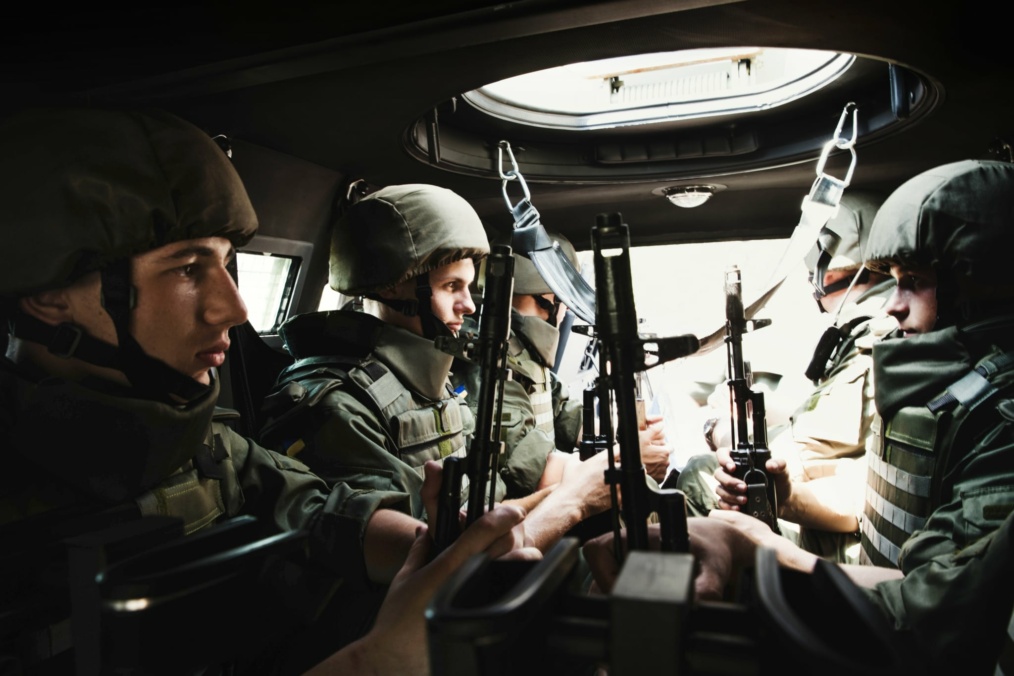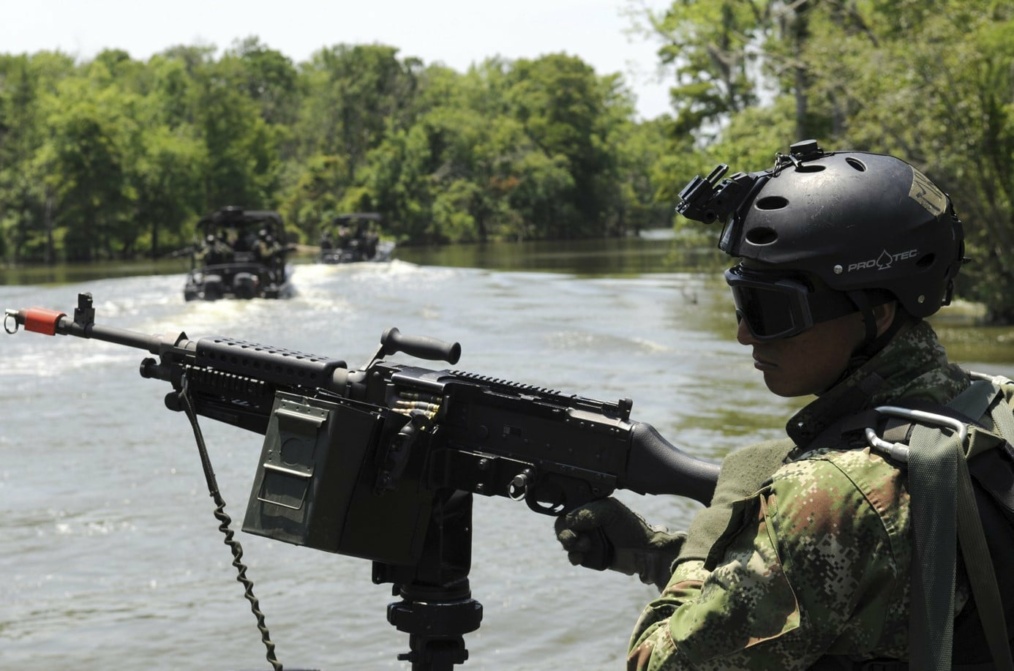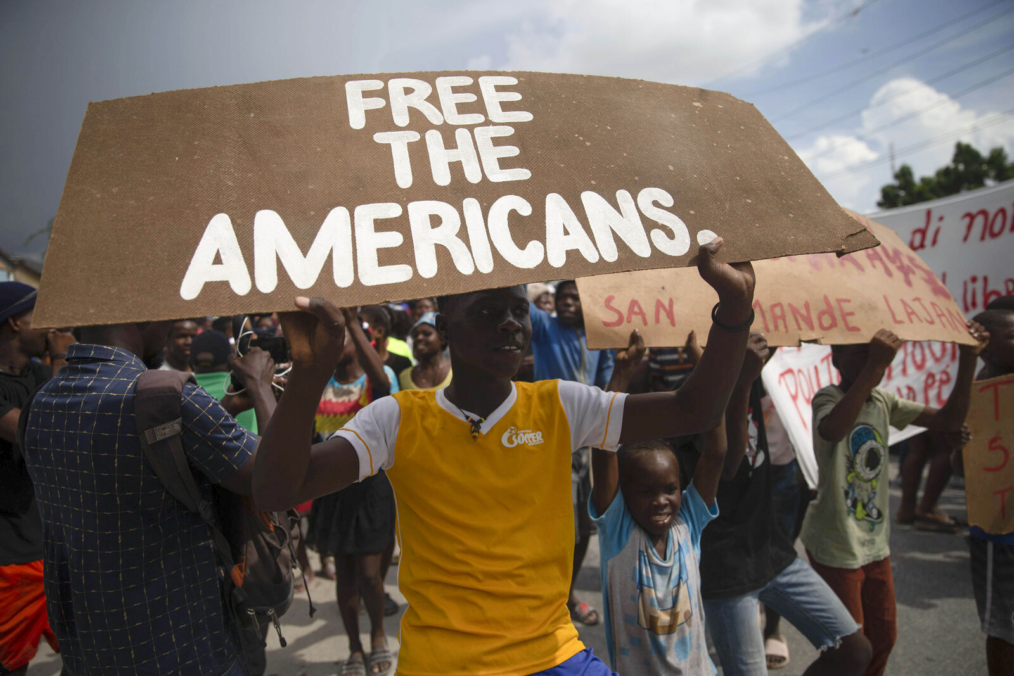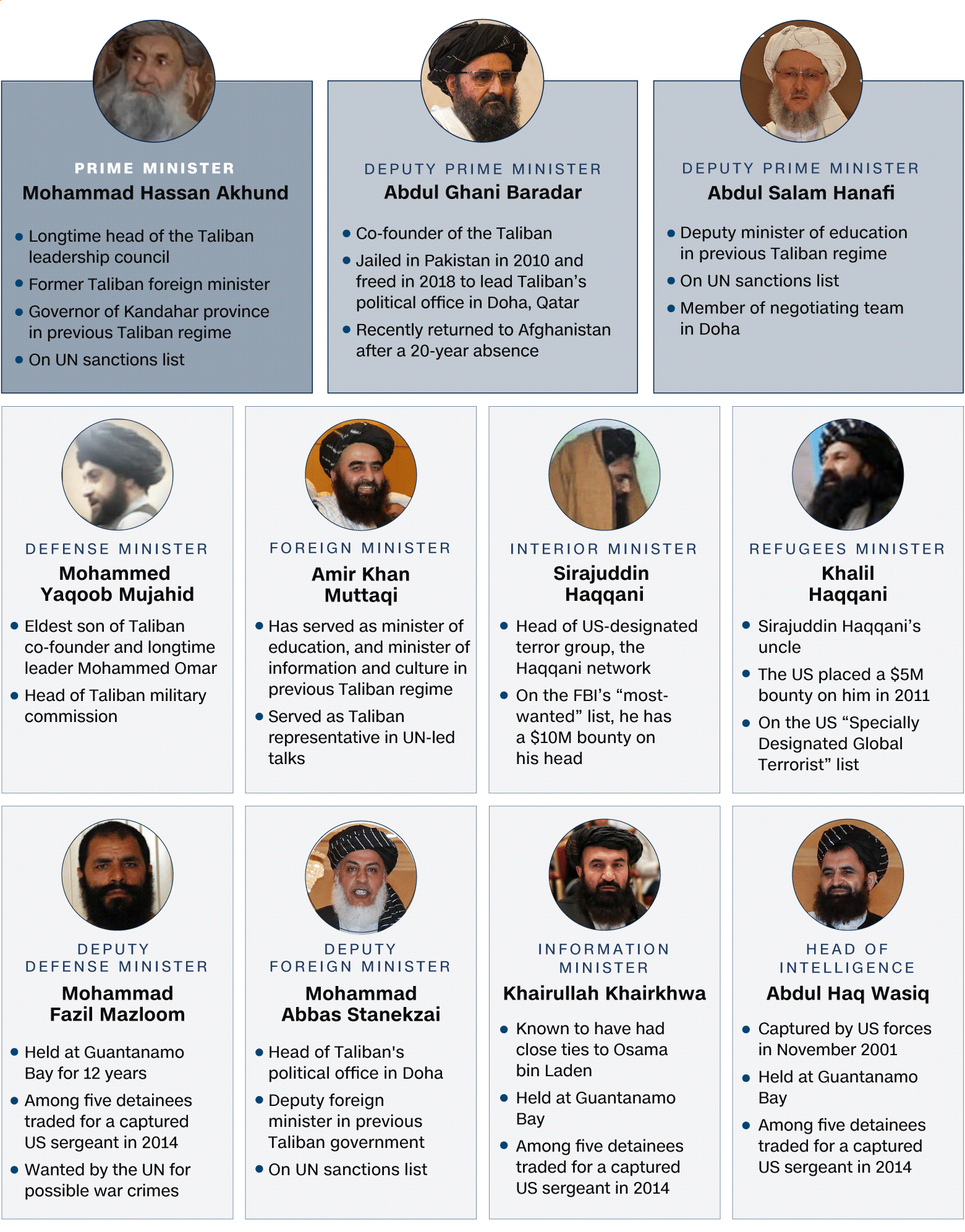An unclassified U.S. intelligence document, first reported on December 3rd by The Washington Post, revealed that Russia is planning a massive military offensive against Ukraine as soon as early 2022, involving up to 175,000 troops.
Russian President Vladimir Putin has repeatedly expressed concern regarding NATO expansion in Eastern Europe. In 2008, NATO, an American-led military alliance, promised membership to Ukraine. Russia saw this offer as a threat to its borders and an intrusion into its sphere of influence. Whilst Ukraine is still working to meet the admission criteria for NATO membership, the U.S. has declared an “ironclad commitment” to Ukraine’s security. The current crisis has provoked fears of an escalating war on European soil.
Should Russia enact its planned offensive, Ukraine’s military would quickly fall. “If Russia really wants to unleash its conventional capabilities, they could inflict massive damage in a very short period of time,” said Robert Lee, a Russian military expert at King’s College, London. “They can devastate the Ukrainian military in the east really quickly, within the first 30-40 minutes.”
In 2014, when Russian troops seized the Crimean Peninsula, Russian-backed separatists launched a takeover of Ukraine’s eastern Donbas region. Ukraine’s military was unable to mount an effective resistance, and volunteer brigades took up arms to defeat the separatists. Eight years later, Ukrainian military officials have begun to speak of how they could mobilise a similar guerilla resistance of irregular military units to counter Russian occupation. One senior military official has stated that, if all else should fail, the Ukrainian military would simply open its weapon depots and allow the Ukrainian people to arm themselves.
Extremism within Ukraine’s Security Forces
The increasing possibility of a counter-Russian guerilla insurgency prompts further analysis of the ideologies of the armed units and volunteer battalions already operating within the country, and who would likely play a key role in such a resistance. Indeed, these groups have already been referred to as “Ukraine’s most potent and reliable force on the battlefield.”
Whilst many of these groups officially fall under the command of the Ukrainian government, they are far from a conventional military force, with many of them retaining their own distinct identity and command structure. The loyalty of these groups to the current government is far from certain, and some volunteer battalions have even been accused of war crimes.
The Azov movement was among the 30-odd volunteer units that helped defeat the takeover of the Donbas region by Russian-backed forces in 2014. Since then, Azov has become one of the most powerful militias in Ukraine. Whilst the group has sought to downplay its more extreme elements, Azov’s ideology of far-right ultranationalism is hard to deny. The group’s logo is a mirrored Wolfsangel, a symbol used by Nazi Germany, and most widely known as an emblem of the SS division Das Reich.
The group’s members openly espouse white supremacist and fascist ideology. Many of them have links to other neo-Nazi groups and have been accused of targeting minorities in Azov-controlled territory. The group’s first commander, Andriy Biketsky, stated in 2010 that Ukraine’s national mission was to “lead the white races of the world in a final crusade… against Semite-led untermenschen [subhumans].” The group has already been accused of numerous human rights violations and war crimes, including mass looting, torture, and rape.
Groups like Azov are central to Ukraine’s expanding prominence as a major international hub for far-right extremism. Azov’s online recruitment strategy has helped establish a cult-like global following of fascists and white supremacists and has contributed to a flow of more than 17,000 foreign fighters who have come to Ukraine since 2015. This flow of foreign nationals is motivated by the allure of fighting alongside other far-right extremists. Many of them see Ukraine as a training ground to develop combat skills which they can bring home.
Security experts warn that Ukraine is radicalizing far-right foreign fighters in the same way as Syria has with Islamist extremists, creating an international network of combat-trained extremists. “I believe Europe is in great danger” says Alberto Testa, an expert on far-right radicalization at the University of West London. Testa describes Ukraine as a staging ground for a “white jihad struggle” where extremists can “train for what some would call racial holy war.”
The United States’ “Ironclad Commitment”
The prominence of far-right extremist groups within Ukraine introduces substantial complexity to the United States’ security commitment. Should Russia’s planned offensive occur, the Ukrainian military would quickly fall, and a grassroots insurgency of armed units and volunteer battalions would rapidly emerge as the country’s most effective resistance.
Far-right ultranationalist units, such as Azov, would likely be among the strongest elements of this insurgency, as they were during the 2014 campaign against Russian-backed separatists. The guerilla tactics led by these units would likely represent the country’s greatest weapon. Indeed, these tactics represent “Ukraine’s best deterrent against Putin’s invasion force,” according to counter-insurgency specialist Thomas X. Hannes.
So far, the U.S. has attempted to distance itself from the extremist elements of Ukraine’s security forces. It has sought to prevent military assistance from reaching Azov. The State Department has branded Azov’s political and paramilitary offshoots as “nationalist hate groups.” However, should Ukraine face the offensive described in intelligence reports, then these elements would be central to the country’s counter-Russian effort. The U.S. would need to make a difficult choice: does its “ironclad commitment” to Ukraine’s sovereignty justify support for far-right extremists?
Conclusions
The situation in Ukraine represents years of diplomatic failure. The international community’s inability to resolve the Ukraine crisis has fueled violence and extremism within the country’s borders, and beyond. The conflict has turned Ukraine into a violent training ground for fascists and white supremacists, creating a global network of combat-trained extremists ready to wage racial holy war. The crisis also has the potential of igniting a terrifying, and possibly catastrophic, global conflict.
The United States and Russia should work urgently to prevent the possibility of armed conflict and propose a solution for the crisis in Ukraine. The security and prosperity of the Ukrainian people should be central to any peace-seeking effort in Eastern Europe. If NATO and Russia are to co-exist peacefully, then they must work together to build mutual trust, challenge hatred, and serve the cause of peace.
Oliver Alexander Crisp, Counter-Terrorism Research Fellow








